Input interpretation

hexylene glycol
Chemical names and formulas
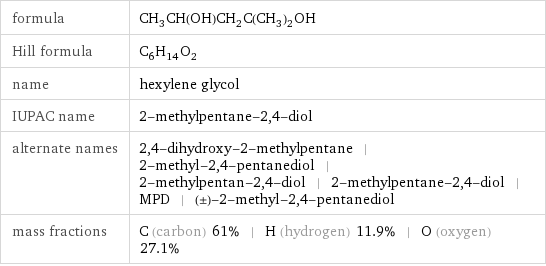
formula | CH_3CH(OH)CH_2C(CH_3)_2OH Hill formula | C_6H_14O_2 name | hexylene glycol IUPAC name | 2-methylpentane-2, 4-diol alternate names | 2, 4-dihydroxy-2-methylpentane | 2-methyl-2, 4-pentanediol | 2-methylpentan-2, 4-diol | 2-methylpentane-2, 4-diol | MPD | (±)-2-methyl-2, 4-pentanediol mass fractions | C (carbon) 61% | H (hydrogen) 11.9% | O (oxygen) 27.1%
Lewis structure
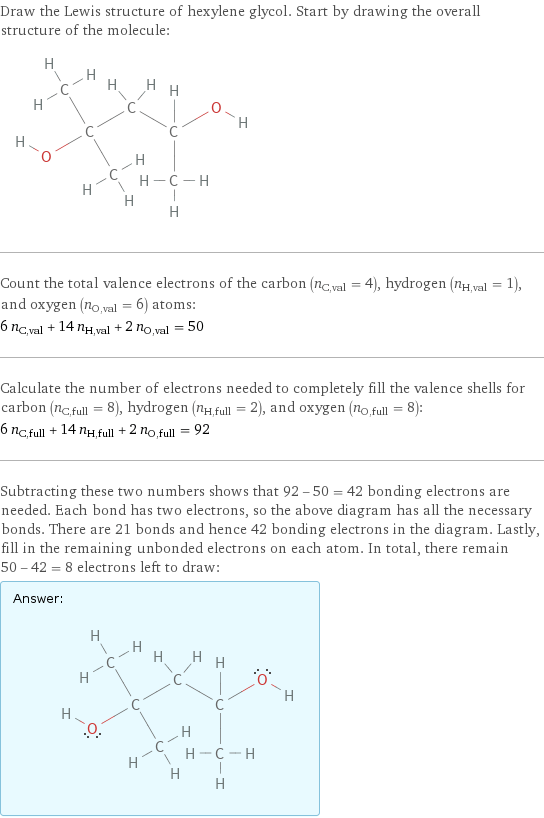
Draw the Lewis structure of hexylene glycol. Start by drawing the overall structure of the molecule: Count the total valence electrons of the carbon (n_C, val = 4), hydrogen (n_H, val = 1), and oxygen (n_O, val = 6) atoms: 6 n_C, val + 14 n_H, val + 2 n_O, val = 50 Calculate the number of electrons needed to completely fill the valence shells for carbon (n_C, full = 8), hydrogen (n_H, full = 2), and oxygen (n_O, full = 8): 6 n_C, full + 14 n_H, full + 2 n_O, full = 92 Subtracting these two numbers shows that 92 - 50 = 42 bonding electrons are needed. Each bond has two electrons, so the above diagram has all the necessary bonds. There are 21 bonds and hence 42 bonding electrons in the diagram. Lastly, fill in the remaining unbonded electrons on each atom. In total, there remain 50 - 42 = 8 electrons left to draw: Answer: | |
3D structure
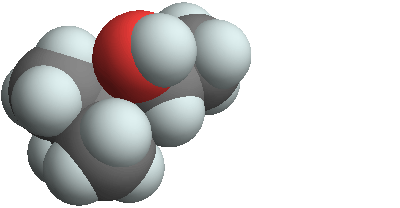
3D structure
Basic properties
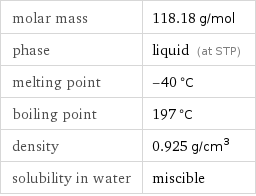
molar mass | 118.18 g/mol phase | liquid (at STP) melting point | -40 °C boiling point | 197 °C density | 0.925 g/cm^3 solubility in water | miscible
Units

Hydrophobicity and permeability properties

predicted LogP hydrophobicity | 0.34 predicted LogS | 0.14
Basic drug properties

approval status | experimental | small molecule
Liquid properties (at STP)

density | 0.925 g/cm^3 vapor pressure | 0.02 mmHg dynamic viscosity | 0.034 Pa s (at 20 °C) surface tension | 0.0331 N/m refractive index | 1.427
Units

Thermodynamic properties
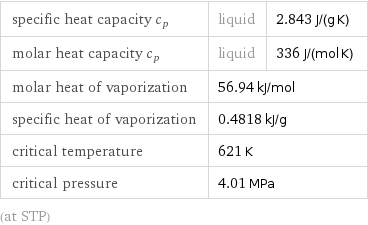
specific heat capacity c_p | liquid | 2.843 J/(g K) molar heat capacity c_p | liquid | 336 J/(mol K) molar heat of vaporization | 56.94 kJ/mol | specific heat of vaporization | 0.4818 kJ/g | critical temperature | 621 K | critical pressure | 4.01 MPa | (at STP)
Chemical identifiers
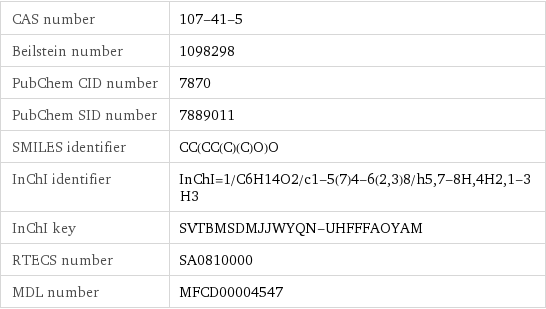
CAS number | 107-41-5 Beilstein number | 1098298 PubChem CID number | 7870 PubChem SID number | 7889011 SMILES identifier | CC(CC(C)(C)O)O InChI identifier | InChI=1/C6H14O2/c1-5(7)4-6(2, 3)8/h5, 7-8H, 4H2, 1-3H3 InChI key | SVTBMSDMJJWYQN-UHFFFAOYAM RTECS number | SA0810000 MDL number | MFCD00004547
NFPA label

NFPA label
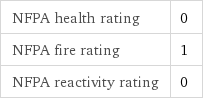
NFPA health rating | 0 NFPA fire rating | 1 NFPA reactivity rating | 0
Safety properties
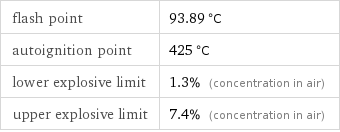
flash point | 93.89 °C autoignition point | 425 °C lower explosive limit | 1.3% (concentration in air) upper explosive limit | 7.4% (concentration in air)
Toxicity properties

threshold limit value | 25 ppmv

RTECS classes | human data | primary irritant